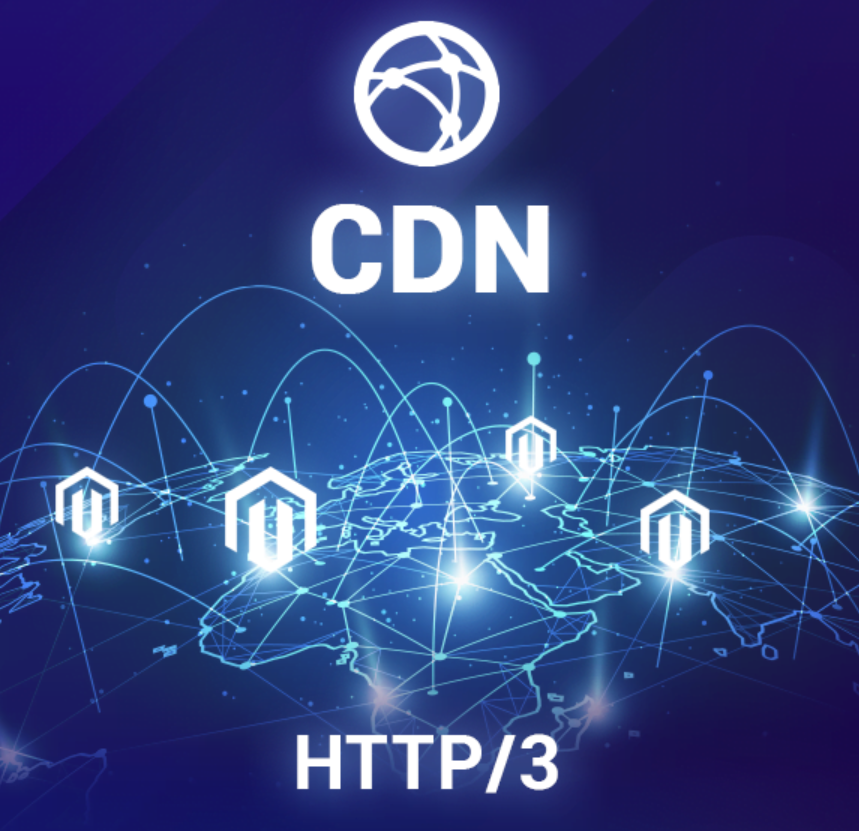Implementing Multi-CDN Strategies

In today’s global digital landscape, users demand fast and seamless access to online content. While a single Content Delivery Network (CDN) can improve website performance, relying on just one provider can expose businesses to risks such as downtime, limited geographic coverage, or traffic spikes. A multi-CDN strategy offers a solution by combining the strengths of multiple CDN providers to optimize performance, reliability, and scalability.
This article explores the benefits of adopting a multi-CDN strategy and provides actionable steps for successful implementation.
What is a Multi-CDN Strategy?
A multi-CDN strategy involves integrating multiple CDN providers into your content delivery architecture. Instead of relying on a single CDN, requests are routed through the best-performing CDN based on criteria such as geographic location, server availability, or response time.
Key Benefits of Multi-CDN:
Improved Global Performance: Choose the fastest CDN for users in different regions.
Higher Availability: Minimize downtime by leveraging redundant networks.
Scalability: Handle large traffic volumes during peak times or global events.
Vendor Flexibility: Reduce reliance on a single provider and negotiate better terms.
Why Choose a Multi-CDN Strategy?
1. Enhanced Reliability
Relying on a single CDN leaves your website vulnerable to outages caused by server failures or network issues. With a multi-CDN setup, traffic can be dynamically rerouted to another provider, ensuring uninterrupted service.
2. Optimized Performance
Different CDNs excel in different regions or under varying network conditions. A multi-CDN strategy enables you to select the best-performing CDN for each user request, reducing latency and enhancing user experience.
3. Traffic Scalability
During high-traffic events like product launches or global streaming events, a single CDN might struggle to handle the load. Multi-CDN setups distribute traffic across providers, ensuring your website remains fast and accessible.
4. Cost Efficiency
By distributing traffic based on performance and cost, businesses can optimize their budget. For example, low-priority traffic can be routed through a cost-effective CDN, while high-priority traffic uses premium providers.
5. Mitigation of Regional Restrictions
Certain CDNs may face restrictions or limited performance in specific countries or regions. A multi-CDN strategy allows businesses to bypass such challenges by selecting providers with strong local coverage.
How to Implement a Multi-CDN Strategy
Step 1: Define Your Goals
Start by identifying your business needs and priorities. Consider the following questions:
Do you need better global coverage?
Are you preparing for high traffic volumes?
Is reducing latency a top priority?
Clearly defining your goals will help you select the right CDN providers and configuration.
Step 2: Choose the Right CDN Providers
Not all CDNs are created equal. Evaluate potential providers based on:
Geographic Coverage: Ensure the CDN has strong performance in your target regions.
Features: Look for advanced caching, edge computing, and real-time analytics.
Pricing: Choose a provider with a pricing model that aligns with your budget.
Security: Ensure the CDN offers SSL/TLS support, DDoS protection, and WAF (Web Application Firewall).
Step 3: Use a Load Balancer
A load balancer is essential for a multi-CDN strategy. It dynamically routes user requests to the best-performing CDN based on predefined criteria, such as proximity, response time, or traffic conditions. Many companies use DNS-based load balancing or SDN (Software-Defined Networking) for intelligent traffic management.
Step 4: Implement Real-Time Monitoring and Analytics
Monitoring the performance of each CDN in real time is critical to optimizing your strategy. Use tools to track:
Response times
Error rates
Traffic distribution
Cost efficiency
Adjust your configuration as needed based on performance data.
Step 5: Test and Optimize
Before going live, thoroughly test your multi-CDN setup under different conditions:
Simulate traffic spikes to ensure scalability.
Test geographic performance to confirm CDN selection accuracy.
Check SSL/TLS handshake times for secure connections.
Regularly review performance metrics and optimize your routing logic for maximum efficiency.
Challenges of Multi-CDN Strategies
While multi-CDN strategies offer numerous benefits, they also come with challenges:
Complex Configuration: Setting up and managing multiple providers requires expertise.
Increased Costs: Additional providers may increase overall costs.
Consistency in Features: Different CDNs may offer varying features and APIs, making integration more complex.
To overcome these challenges, businesses can work with CDN orchestration platforms that simplify the management of multiple providers.
Best Practices for Multi-CDN Success
Start with Key Regions: Focus on high-traffic regions where performance improvements are most needed.
Leverage Automation: Use automation tools to simplify traffic routing and management.
Prioritize Security: Ensure all CDNs support robust security protocols like SSL/TLS encryption.
Collaborate with Experts: Partner with CDN experts or platforms for seamless implementation.
Conclusion
Adopting a multi-CDN strategy is a powerful way to enhance content delivery efficiency, ensure high availability, and improve global user experience. By combining the strengths of multiple providers, businesses can overcome the limitations of single-CDN setups and adapt to the growing demands of the digital landscape.
While implementing a multi-CDN strategy requires careful planning and management, the benefits far outweigh the challenges. Whether you’re managing a global e-commerce platform, a video streaming service, or a high-traffic corporate website, a multi-CDN approach ensures your content is always fast, reliable, and secure.

